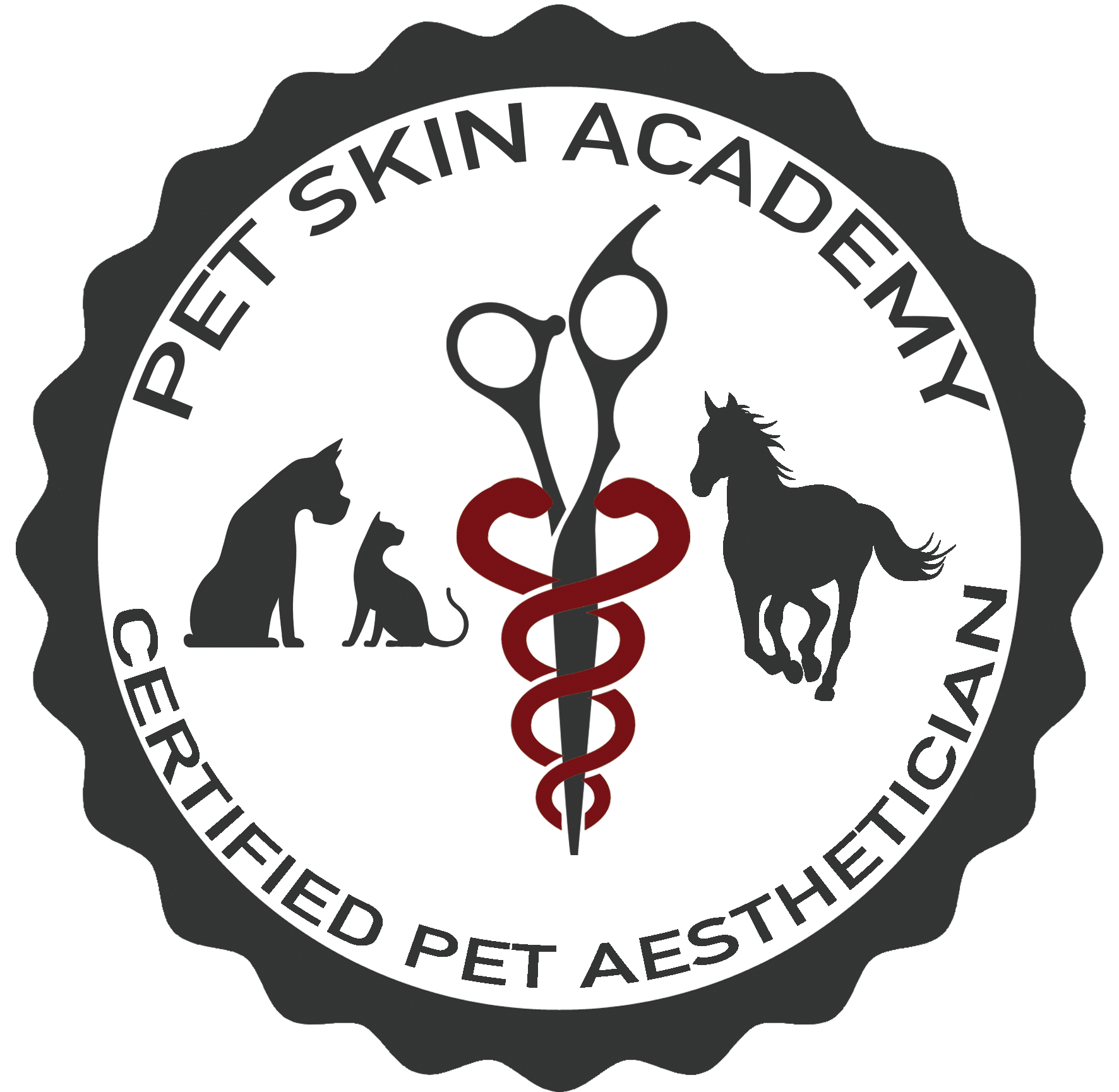
Eyes Are the Window to the Soul
Eyes Are the Window to the Soul
It’s been said that the eyes reveal a lot about an individual’s inner feelings or emotions. That works well if you are talking about humans, where you can discuss the feelings, but with our pets, it tells us a lot more if we are in tune with them. It tells us when they are depressed, when they are hurting, when they are sick, when they are going to bite, and often tells us about their stage in life.
Groomers are observers, and looking into the eyes of pets and reading their body language can tell you a lot about a pet’s health and wellbeing. Pets usually signal us when they are not happy with what is happening, whether fearful, aggressive or in pain. As we work with them, we must pick up on these signs to minimize their stress and prevent the pet and/or the groomer from getting hurt.
Many health issues, injuries and aging issues can also be observed through the “windows of the soul.” The first observation should be from a distance:
- Is the eye swollen? Concerns about allergies, allergic reactions or injury.
- Is the conjunctiva (white part of the eye) red or irritated? Concerns about allergies, foreign bodies or injury.
- Does the conjunctiva have a yellow hue? Concern about potential liver issues.
- Is the eye severely goopy? Concerns about allergies, dry eye (lack of tear production), ulcer or injury.
- Is the pet squinting or sensitive to light? Concern about a possible foreign body in the eye or under the eyelid, or a corneal (eyeball surface) ulcer.
- Does the conjunctiva have a bruise or blood under the surface? Concern about bleeding disorder, injury, rat poisoning or autoimmune disease.
- Are the eyes racing back and forth, up and down, or in a rotary manner (often also accompanied by a head tilt)? Concern about brain injury, stroke or vestibular disease (inflammation of the inner ear/nerve).
- Is the eye tearing excessively?Concern with allergies, foreign body, corneal ulcer, dry eye, entropion (rolling of the eyelid causing the hairs to rub against the eye) or eyelid tumor.
Then we look a little deeper, observing the inner part of the eye:
- Are the pupils (opening to the inside of the eye) equal in size? Concern about a brain injury, tumor, stroke or injury.
- Are the pupils a different size compared to other animals in the area (dilated or constricted)? Concern about a brain injury, tumor, stroke or injury.
- Is the lens (area central to the pupil) clear or cloudy? Concern about cataracts, sclerotic changes to the lens, vaccine reaction or diabetes.
- Is the fluid inside of the eye clear or cloudy? Concern with a gamut of problems from eye disease, injury or cancers to the pet’s general health.
- Is there a growth inside the eye that is not normal? Concern about cancer, foreign body, infection or sediment from the fluid in the eye.
- Are there blood vessels or black areas going across the cornea? Usually indicates a healing ulcer.
Why is all this important to a groomer? First and foremost, we should all be pet advocates. Remember, even if the client notices, they often don’t know what they are seeing or the potential danger of what they are seeing. Eyes are critical to the wellbeing of the pet. They can survive without their sight, but it presents a lot of struggles, which some clients will not want to take on. Most of these concerns can be controlled if caught early, if not fixed, so we want to help the clients seek help as soon as possible.
Second, if the dog is hurting, in poor health or potentially blind, we must consider the best way to proceed. In some cases, we may need to refuse the groom until seen by a veterinarian; in others, we may need to take special precautions to avoid further damage to the eye or take precautions not to stress the dog. Many dogs that are blind on one side may be quick to bite when you approach them in their blind spot and they don’t know you are there.
Lastly, we need to be aware of these things from a liability aspect. If you look at the above list, many of these issues can be associated with an injury. And if you don’t recognize it before you check the pet in, you could be accused of causing it while the pet was under your care. You may know in your heart that you didn’t cause it or would never do anything to hurt an animal, but proving that in court is a whole different issue.
There are going to be situations in which some of these issues can occur in the routine grooming process, however. Accidents happen when you are working with sharp or pointed instruments around a moving target (sometimes a REALLY fast-moving target). When we are bathing these pets with harsh products, the same thing applies. Forced-air dryers and shampoos (especially harsh ones) in a pet’s eye can cause an instant ulcer in the eye.
Ideally, we want to do everything we can to prevent these things from happening, including:
- Using proper restraints.
- Training the pets early in life.
- Working with the pet (not against the pet) when they are stressed.
- Not blowing air directly into the eyes.
- Being careful with brushes and tools when working around the eyes.
- Avoid using harsh bathing products that create a higher risk (if they dry your hands severely, they will cause ulcers easily).
Most of us are in the animal industry to help animals, so we must always be the pet’s advocate and look out for their wellbeing. So don’t forget to look into the pet’s eyes and see if they tell us something we need to address.


